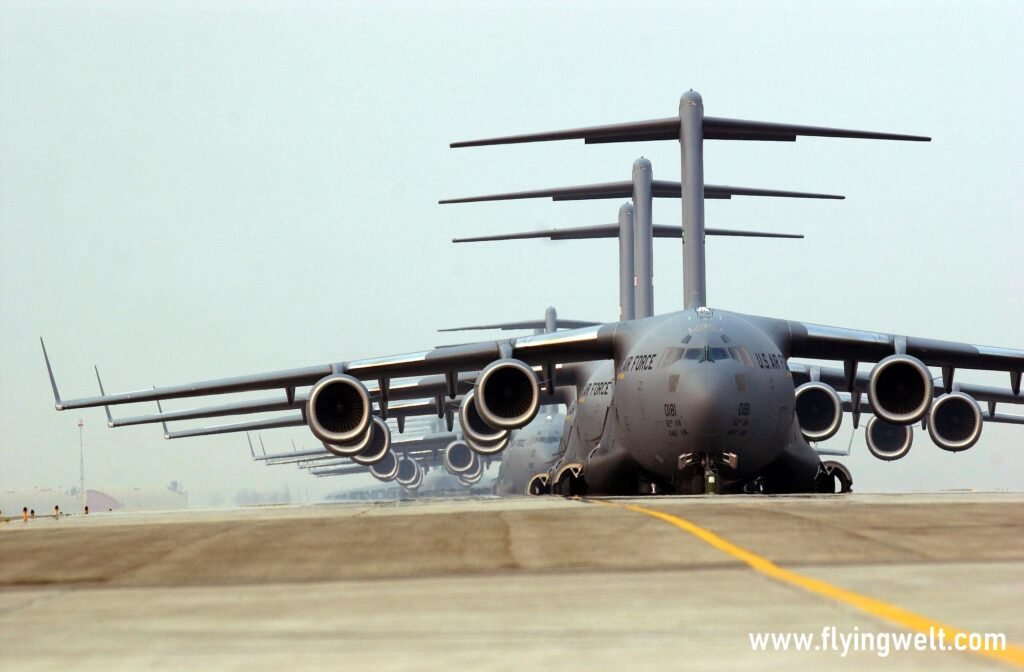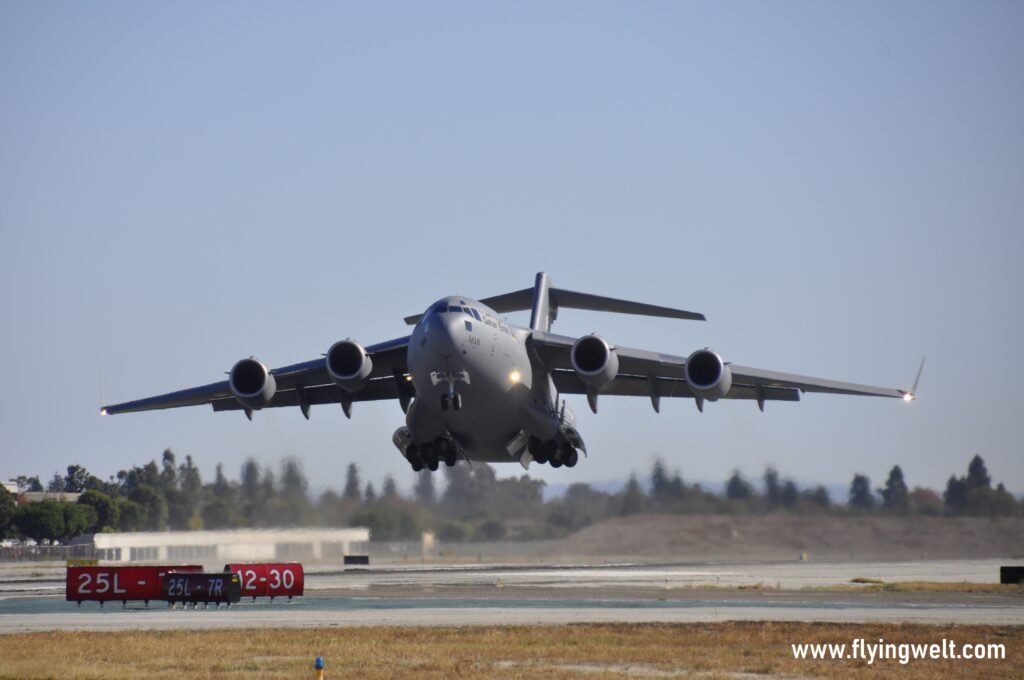In the realm of military and humanitarian air transportation, one aircraft stands out with its impressive capabilities and exceptional performance — the Boeing C-17 Globemaster III. Designed to excel in strategic airlift missions, the C-17 has become an indispensable asset for various military forces across the globe. In this article, we delve into the remarkable features and functions of this iconic aircraft while exploring its historical significance and impact on modern aviation.
The Boeing C-17 Globemaster III first took flight in 1991, marking the beginning of a new era in military aviation. Born from a collaborative effort between Boeing and McDonnell Douglas, this strategic transport aircraft emerged as the heir to a long line of successful predecessors like the C-74 Globemaster and C-141 Starlifter.
Pratt & Whitney F117-PW-100

The C-17’s robust design and engineering contribute to its exceptional performance capabilities. Powered by four Pratt & Whitney F117-PW-100 turbofan engines, each generating an impressive 40,440 pounds of thrust, the Globemaster III can reach a maximum speed of Mach 0.74 (518 mph). With a range of approximately 2,400 nautical miles without refueling, it can transport heavy cargo over vast distances, including intercontinental journeys.
Versatility and Adaptability

One of the key strengths of the Boeing C-17 is its ability to adapt to various mission requirements. Its cavernous cargo bay, measuring 88 feet long and 18 feet wide, can accommodate a wide range of cargo, including vehicles, supplies, and personnel. The aircraft’s versatile design allows for the efficient transport of military equipment, humanitarian aid, and even paratroopers, ensuring its relevance in diverse operational scenarios.
Strategic Airlift Capabilities
The C-17’s strategic airlift capabilities are unparalleled, showcasing its ability to operate in demanding environments. With its short takeoff and landing (STOL) capability, the aircraft can access austere runways as short as 3,000 feet, enabling it to reach remote locations with limited infrastructure. This unique feature empowers military forces to swiftly deploy personnel and supplies to critical areas worldwide, enhancing their operational flexibility and response time.
Humanitarian Relief Operations

Beyond its military applications, the Boeing C-17 has proven its worth in numerous humanitarian relief missions. In times of crisis, whether it be natural disasters or humanitarian emergencies, the C-17 can deliver vital aid and supplies to affected regions swiftly. Its ability to transport significant cargo loads, land on unprepared runways, and perform airdrop operations makes it an indispensable asset during times of need.
Global Impact
The Boeing C-17 Globemaster III has left an indelible mark on the global aviation landscape. Operated by the United States Air Force and other air forces around the world, including the Royal Air Force and the Royal Australian Air Force, the C-17 has demonstrated its reliability, efficiency, and adaptability in countless missions. Its widespread use has solidified its reputation as the workhorse of modern airlift operations, playing a crucial role in promoting global security and supporting humanitarian endeavors.

The Boeing C-17 Globemaster III is a true marvel of modern aviation, combining robust engineering, versatility, and adaptability to deliver exceptional performance. Whether executing strategic airlift missions, conducting humanitarian relief operations, or supporting military forces globally, the C-17 has proven its mettle time and again. With its remarkable capabilities and its ability to overcome operational challenges, this aircraft continues to shape the future of air transportation, reaffirming its place as an icon in the annals of aviation history.
